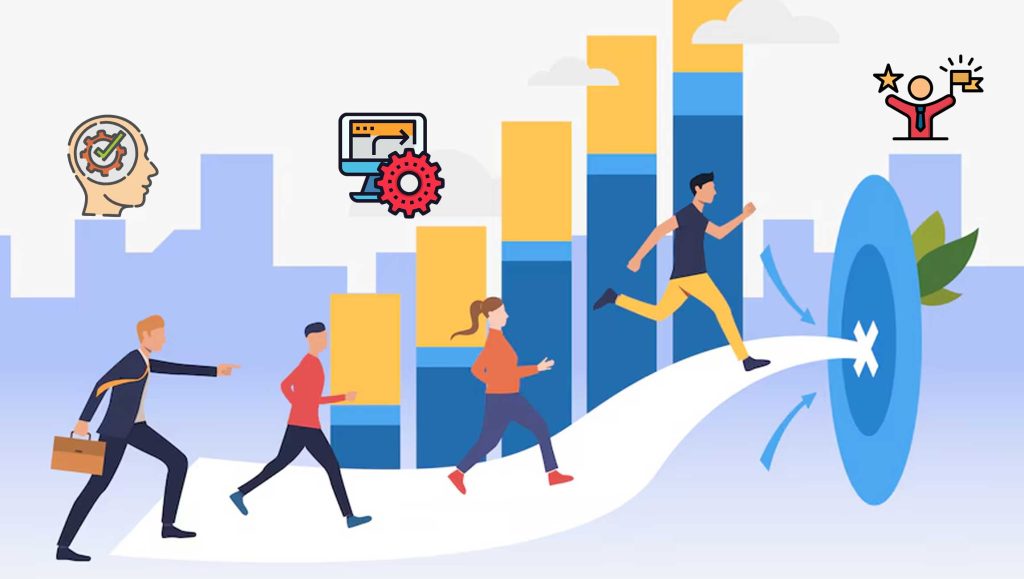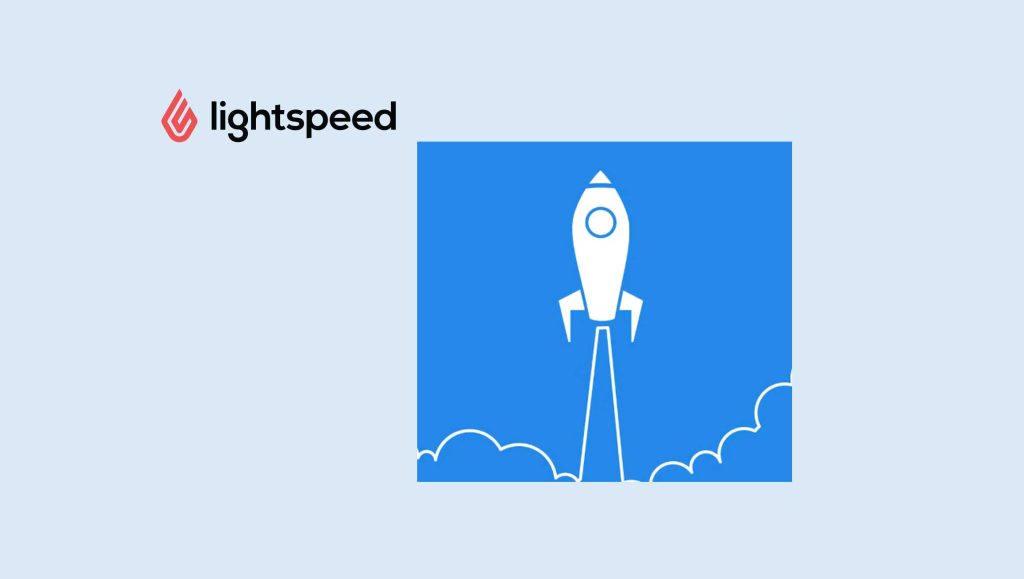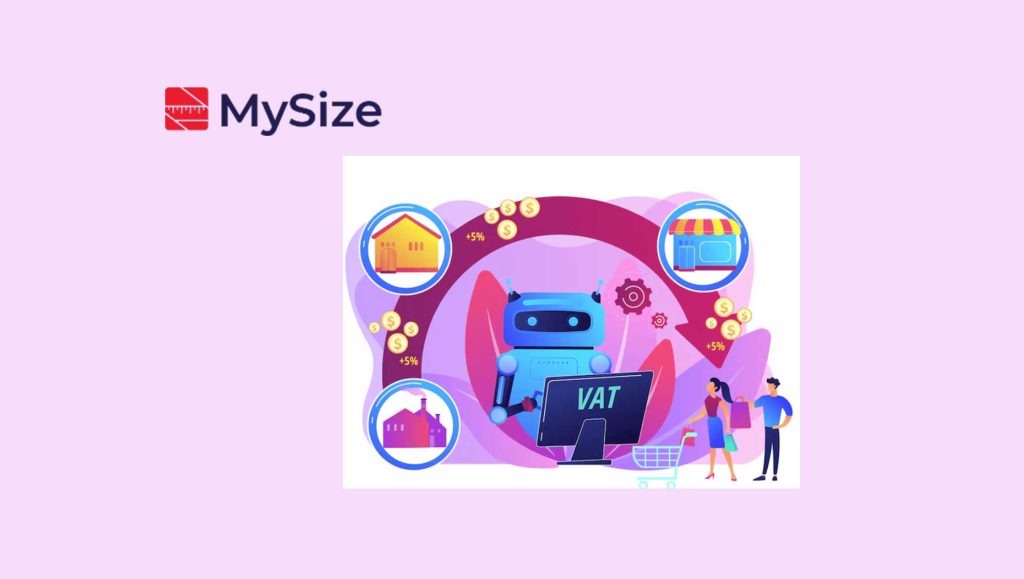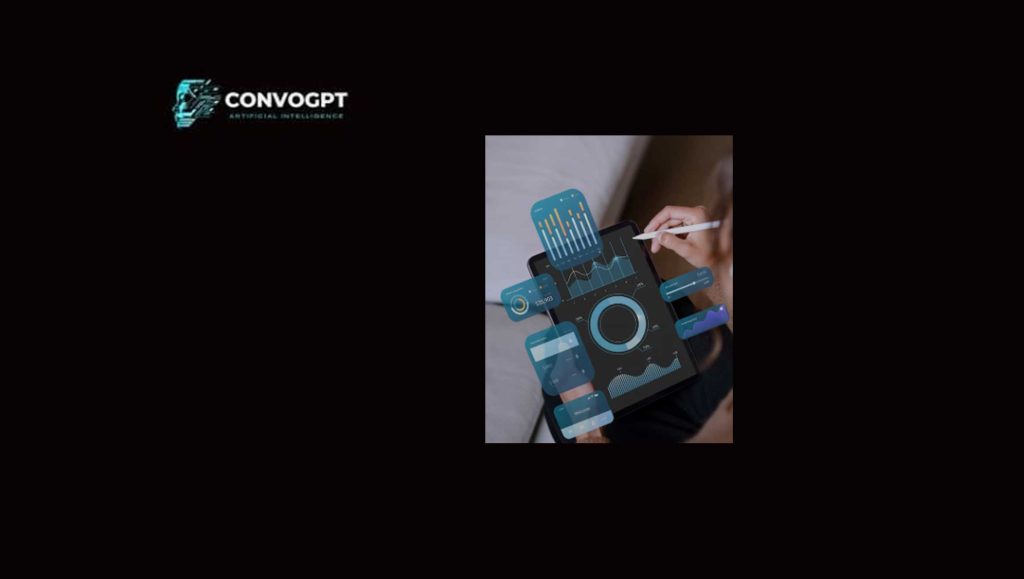In today’s dynamic business landscape, the focus is shifting from mere customer acquisition to re-activation and re-engagement. Companies are realizing that rekindling dormant customer relationships can be a goldmine of opportunities. It’s not just about adding new customers anymore; it’s about re-engaging the old ones and re-activating those who have drifted away. This approach is becoming a game-changer in building a robust customer base, fostering loyalty, and driving sustainable growth. The importance of re-activation and re-engagement is growing, and it’s time businesses took notice.
Understanding Re-activation in Customer Building
Re-activation in customer relationships refers to the strategic process of re-engaging customers who have become inactive or less responsive over time. It’s about reigniting their interest in your products or services and motivating them to interact with your brand again.
Effective Strategies for Customer Re-activation
1. Personalized Communication:
Tailor your messages to address the unique needs and preferences of each customer. Personalization can make customers feel valued and encourage them to re-engage with your brand.
2. Special Offers:
Incentivize inactive customers with exclusive deals or discounts. Such offers can stimulate their interest and prompt them to make a purchase.
3. Re-engagement Campaigns:
Launch campaigns specifically designed to re-engage inactive customers. These could include email series, retargeting ads, or social media campaigns.
4. Feedback Solicitation:
Ask inactive customers for their feedback. Understanding their concerns or reasons for inactivity can help you address those issues and improve their experience.
5. Regular Follow-ups:
Maintain regular contact with your customers. Consistent communication can keep your brand at the top of their mind and increase the chances of re-engagement.
Decoding Re-engagement in Customer Building
Re-engagement in customer building is the process of re-establishing connections with customers who have shown decreased interaction with your brand. It involves implementing strategies to remind these customers of your value proposition and motivate them to interact with your brand again.
Best Practices for Effective Customer Re-engagement
1. Segmentation:
Divide your customer base into segments based on their behavior, preferences, and engagement levels. This allows for more targeted and effective re-engagement strategies.
2. Value Proposition:
Remind customers of the value your brand offers. Highlight your unique selling points and how they can benefit the customer.
3. Multi-channel Approach:
Use multiple channels such as email, social media, and mobile notifications for re-engagement. This increases the chances of reaching and re-engaging the customer.
4. Customer Surveys:
Conduct surveys to understand why customers disengaged. Use this feedback to improve your products, services, and customer experience.
5. Loyalty Programs:
Implement loyalty programs that reward customers for their engagement. This can motivate customers to re-engage with your brand.
Read More: SalesTechStar Interview with Carly Crittenden, Head of Sales at Black Crow AI
Distinguishing Re-activation and Re-engagement
In the customer-building journey, re-activation and re-engagement play crucial roles. While they aim to strengthen customer relationships, their strategies and impacts vary. Here are six key differences:
1. Target Group:
Re-activation focuses on customers who have become inactive, while re-engagement targets those who are less active but not completely dormant.
2. Goal:
Re-activation aims to bring inactive customers back into the business fold. Re-engagement, however, seeks to increase the interaction frequency of less active customers.
3. Strategy:
Re-activation strategies often involve direct, persuasive communication to reignite customer interest. Re-engagement strategies are subtler, gently nudging customers to interact more frequently.
4. Communication Style:
Re-activation messages are typically more assertive and direct, aiming to rekindle interest. Re-engagement messages are softer, aiming to remind customers of the brand’s value.
5. Success Metrics:
Re-activation success is measured by the number of inactive customers who become active again. Re-engagement success is gauged by the increase in interaction frequency among less active customers.
6. Outcome:
Successful re-activation results in previously inactive customers becoming active and contributing to business growth. Successful re-engagement leads to increased customer interaction, fostering stronger relationships and enhancing customer loyalty.
Real-world Examples of Re-activation and Re-engagement
In the world of customer building, many brands have successfully implemented re-activation and re-engagement strategies. Here are some notable examples:
1. Spotify:
Spotify uses personalized playlists to re-engage users. By curating “Discover Weekly” playlists based on users’ listening habits, Spotify reminds users of the value it provides, encouraging them to interact more with the platform.
2. Amazon:
Amazon excels at re-activation by sending personalized emails to customers who haven’t made a purchase in a while. These emails often include product recommendations based on the customer’s browsing history, enticing them to return and shop.
3.Duolingo:
Duolingo, a language learning app, uses push notifications to re-engage users. These notifications remind users to complete their daily lessons, thereby increasing user interaction with the app.
4. Netflix:
Netflix re-activates inactive users by emailing them about new content that matches their viewing history. This strategy not only rekindles interest but also highlights the continuous value Netflix offers.
Conclusion
As we navigate the future, re-activation and re-engagement will become increasingly crucial in customer building. Brands must innovate and adapt these strategies to stay relevant. The road ahead is about fostering enduring relationships, reviving dormant connections, and creating a customer-centric ecosystem. The journey is challenging, but the rewards of customer loyalty and sustainable growth are worth the effort.





















